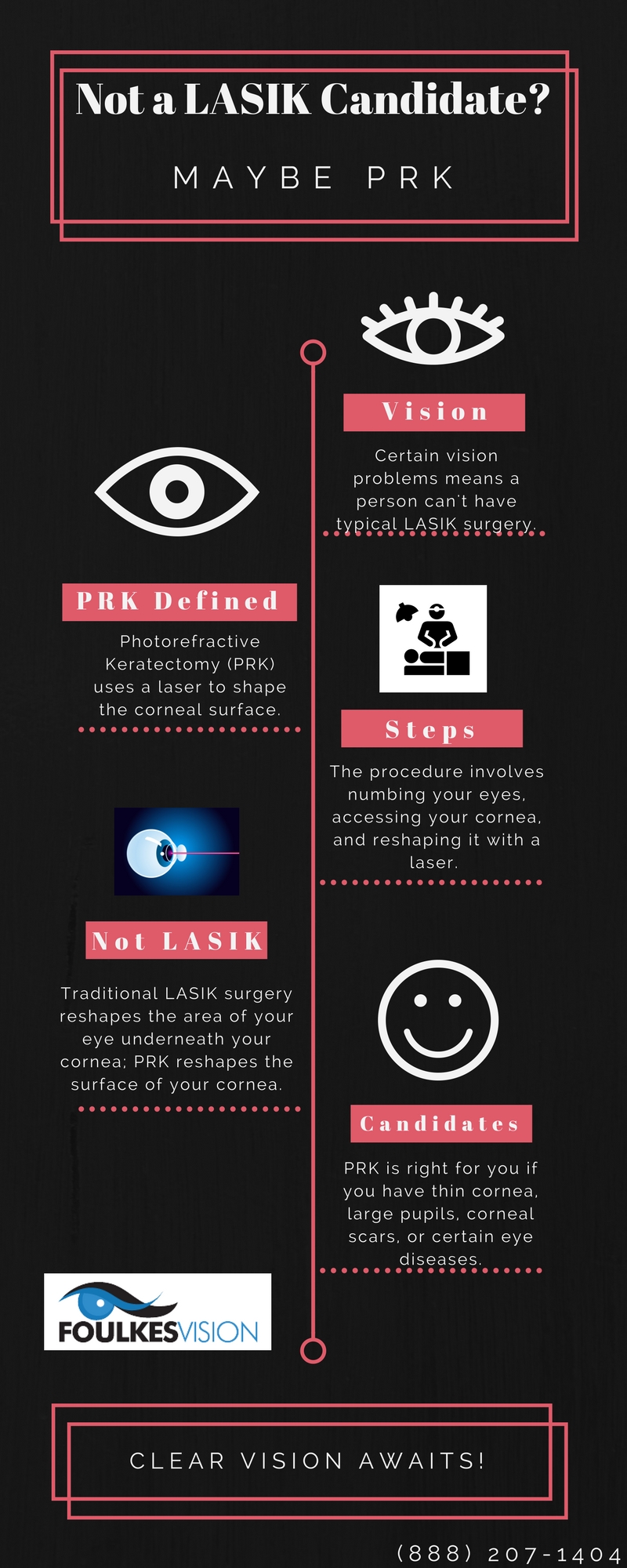Thinking About Going Through Cataract Surgical Procedure? Evaluate Both Conventional And Laser Techniques To Discover Elements That Will Influence Your Vision - You May Be Amazed By The Choice You Make

Content Produce By-Davies Alvarado
When considering the choice between standard cataract surgical treatment and laser-assisted strategies, you may find yourself evaluating the benefits and drawbacks each method supplies. The decision exceeds the surface level of cost and accuracy, diving into the world of lasting results and person contentment. As you browse via the complexities of these two techniques, it comes to be necessary to comprehend the nuanced details that can substantially affect your visual clarity and overall experience. Keep tuned to uncover the vital aspects that will certainly guide your decision-making process in this crucial aspect of eye care.
Conventional Cataract Surgical Procedure Pros and Cons
When taking into consideration conventional cataract surgery, you might discover that it's a well-established and widely-used method. In this procedure, a specialist makes a small incision in the eye and uses ultrasound to separate the gloomy lens before removing it. When the cataract is eliminated, a fabricated lens is inserted to bring back clear vision.
One of the major advantages of traditional cataract surgical treatment is its track record of success. Numerous clients have actually had their vision dramatically enhanced with this treatment. Additionally, conventional surgery is frequently covered by insurance coverage, making it a much more easily accessible choice for numerous people.
However, there are some drawbacks to conventional cataract surgical treatment too. Recovery time can be much longer contrasted to newer techniques, and there's a slightly higher risk of complications such as infection or swelling. Some patients may likewise experience astigmatism or need reading glasses post-surgery.
Laser-Assisted Techniques Advantages And Disadvantages
Discovering laser-assisted techniques for cataract surgery introduces a contemporary method that makes use of laser modern technology to execute essential action in the treatment. Among the key benefits of laser-assisted cataract surgical procedure is its precision. The laser allows for very accurate cuts, which can result in better aesthetic end results. In addition, the use of lasers can lower the quantity of ultrasound energy needed throughout the surgical treatment, possibly lowering the risk of complications such as corneal damage.
On the downside, laser-assisted strategies can be a lot more pricey compared to typical techniques. This price mightn't be covered by insurance, making it much less obtainable to some people.
Another factor to consider is that not all cataract specialists are learnt laser innovation, which can limit your options for selecting a specialist.
Pay Monthly LASIK but not least, while the laser can automate particular elements of the treatment, the surgical treatment still needs a proficient doctor to guarantee successful results.
Relative Evaluation of Both Approaches
For an extensive understanding of cataract surgery strategies, it's important to perform a relative analysis of both standard and laser-assisted approaches.
Typical cataract surgical treatment entails hand-operated cuts and using handheld tools to separate and remove the over cast lens.
On visit this web page link , laser-assisted cataract surgery makes use of sophisticated innovation to create exact cuts and break up the cataract with laser power before removing it.
In terms of precision, laser-assisted methods offer a greater degree of precision compared to conventional methods. Using lasers permits personalization of the procedure based on each client's eye composition, potentially leading to far better visual end results.
However, laser-assisted cataract surgery has a tendency to be more pricey than conventional surgery, which may limit access for some people.
While both methods are effective in restoring vision impaired by cataracts, the selection in between traditional and laser-assisted strategies often depends on variables such as price, precision, and individual client needs.
Consulting with your ophthalmologist can aid establish the most suitable strategy for your cataract surgical treatment.
Final thought
To conclude, when determining between standard cataract surgical treatment and laser-assisted methods, think about aspects like expense, accuracy, and specific demands. Typical surgical procedure offers a tried and tested track record and insurance protection but might come with longer recovery times. Laser-assisted techniques offer higher accuracy and personalization yet can be extra expensive and not constantly covered by insurance coverage. Inevitably, the choice in between both approaches depends upon what is essential to you and your specific circumstance.

